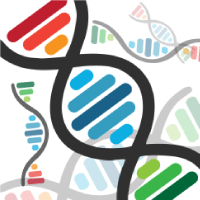| Technology | Silica membrane technology combined with MN Bead Tubes Type A |
| Format | Mini spin columns |
| Sample material | Fresh or frozen stool samples |
| Fragment size | ≥18 nt |
| Typical yield | 10–30 µg |
| A260/A280 | 1.9–2.1 |
| A260/A230 | 1.8–2.5 |
| Typical RIN (RNA integrity number) |
>7.5 |
| Elution volume | 100 µl |
| Preparation time | 70 min/10 preps |
| Binding capacity | 200 µg |

Figure 1. The NucleoSpin RNA Stool procedure.








